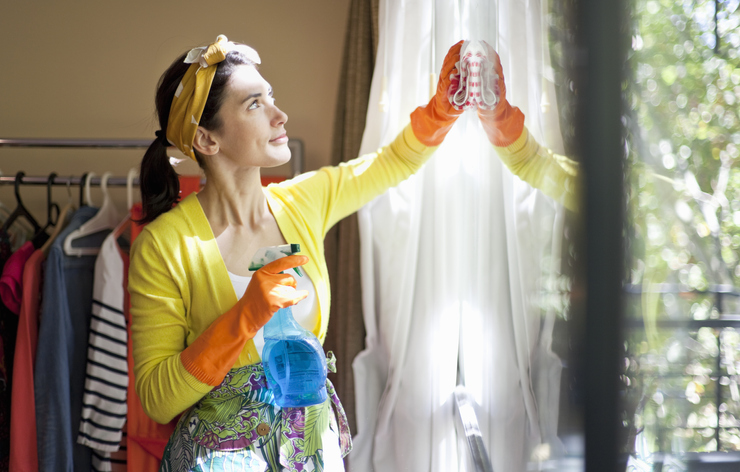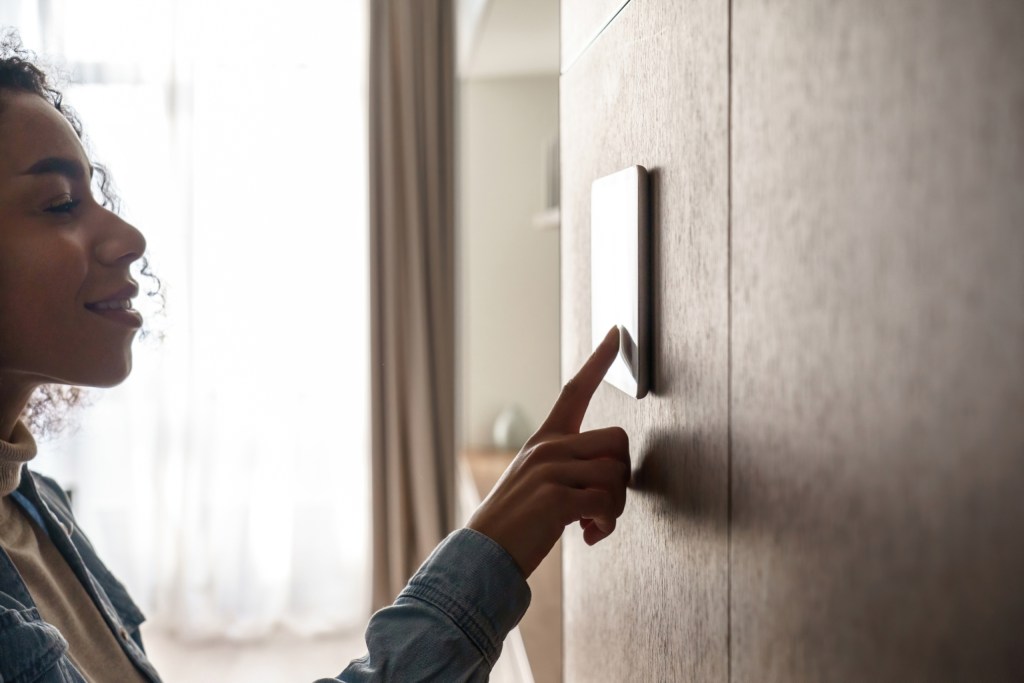Smart home devices have transformed the way many homeowners interact with their spaces, particularly since the pandemic, when many were trying to eliminate viral and bacterial contamination in their homes. But what if our smart home devices aren’t as clean as we hoped? A new study from Vivint brings light to research that proves our smart home devices may be teeming with bacteria. Here’s what you need to know.

What was Vivint’s study?
Vivint aimed to examine the number of bacteria and other living microorganisms that call our smart devices their home. To do so, Vivint looked for four types of bacteria that could be living on the devices. Then, Vivint used CFUs — colony-forming units — to determine the “number of these living microorganisms on a given surface.” Vivint said it then “analyzed how many CFUs of each type of germ had amassed on a number of home security components.” With this process, the study produced alarming results for many homeowners who may have colonies of bacteria literally at their fingertips.

Here’s how much bacteria your smart devices really have
Vivint’s study returned with some startling results. It concluded that the device teeming with the most bacteria is the smart thermostat. “Smart thermostats and remotes,” Vivint said, “had the highest contamination levels (32.5 and 30 million CFUs, respectively), so these frequently handled items should get sanitized regularly.” To put this statistic into perspective, Vivint stated, “The smart thermostat had three times as many CFUs as a kitchen sink — one of the most bacteria-infested areas in a home.” This makes the smart home thermostat one of the most contaminated spaces in the house.
Furthermore, Vivint’s study showed that “smart doorbells came back with just 130,000 CFUs, most of which were bacillus” (rod-shaped bacteria that can be both harmful and beneficial). In comparison, the smart doorbell had seven times more bacteria than a bathroom faucet handle.
“The smart remote, with 30 million CFUs, was 12 times germier than a toothbrush holder,” Vivint added. And “it turns out your security camera might be four times dirtier than your toilet handle.” These statistics from the study prove that homeowners need to be aware of bacteria-infested surfaces when it comes to their smart devices. And perhaps, this means that we should all be cleaning these devices more regularly than we originally thought.

What can homeowners do to eliminate bacteria buildup on their devices?
One of the easiest ways to rid your home of these microscopic intruders is to routinely clean and sanitize your smart devices. “Begin by removing the batteries if there are any,” Vivint advised. Then, “wipe [the device] down with rubbing alcohol, a soap solution, or disinfecting wipes.” For outdoor security cameras, you may have to unplug the device prior to cleaning. Additionally, use microfiber cloths and cotton swabs to clean smaller crevices and nooks. As for how often you should clean your smart home devices, Vivint said, “We recommend cleaning most of them at least once a week to keep dangerous microorganisms to a minimum.”
Smart home devices have proven to be wonderful tools in the home. They allow the home to function smoother and often don’t require a lot of hands-on use. However, that doesn’t mean they aren’t exempt from housing harmful bacteria. Vivint’s study shows that these devices are teeming with intruders. So, now may be a good time to get into the habit of routinely cleaning your smart devices before they grow any harmful bacteria that could make you sick.



